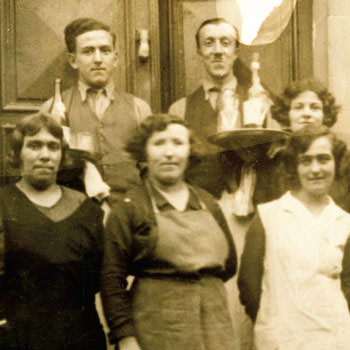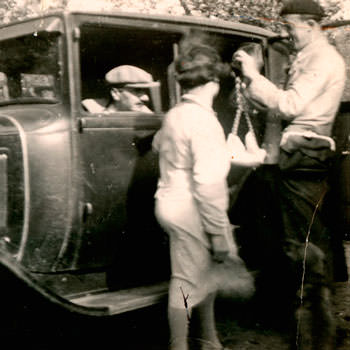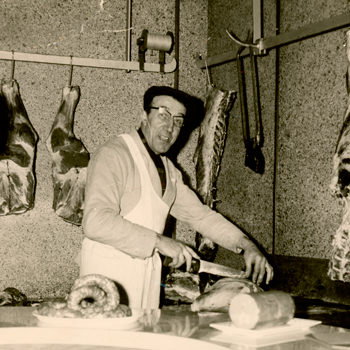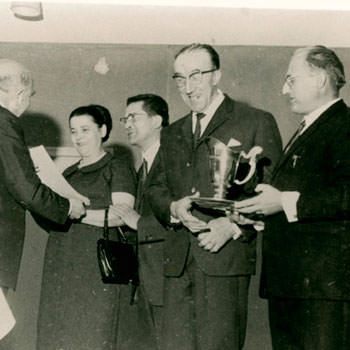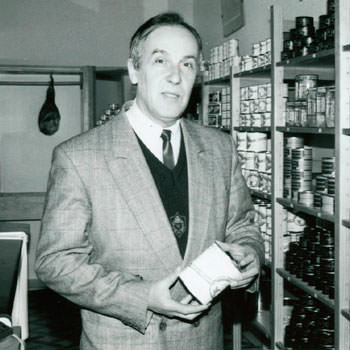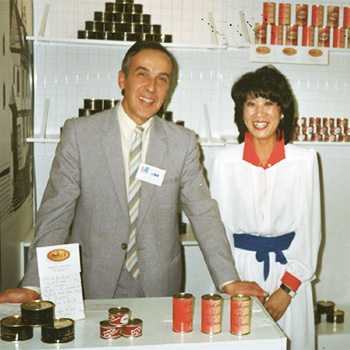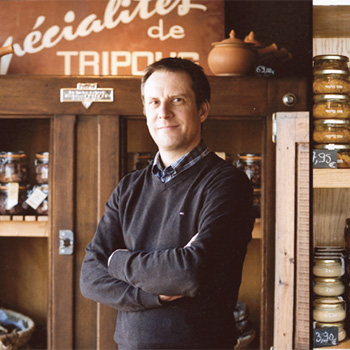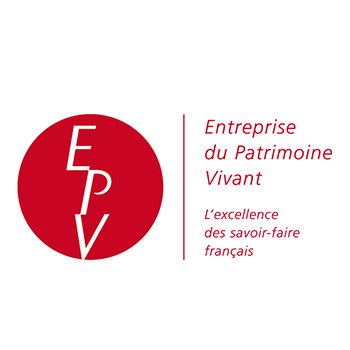Act 2: An encounter with taste
The Charles SAVY’s tripou story starts off like a tender and nostalgic Marcel Carné film of the thirties.
1931 – Everything started: the young seventeen-year-old Hélène VIDAL started to work in the Hôtel des Voyageurs in Naucelle. This reputable establishment was run by Firmin and Marie FRAYSSE. Marie’s place was behind the stoves where she carved herself out a sound reputation as a fine cook.
Steeped in this atmosphere and fascinated by quality cooking, Hélène keenly took in all the gestures and details needed to understand the recipes and the choice of raw materials from the local area which, once cooked, gave rise to dishes of unparalleled flavours.
The tripou, an all-time favourite. This is a dish made out of the calf's stomach which is then stuffed, rolled and gently cooked for a whole night in a white wine sauce, packed with vegetables and herbs. It was the delight of hundreds of guests eagerly awaiting their tables on a Sunday morning and on market days. Those were the days when Naucelle was host to close to 1,500 calves coming from the surrounding farms to be sold.
However the tripous were still part of the family tradition and often the must-have of a Sunday morning in the big farms of Aveyron belonging to the "pagés" (and Occitan term for land owner).
It is an undeniable fact that tripous were definitely the order of the day in the local butchers, restaurant owners and auberge owners who housed the secret of how to cook them.
